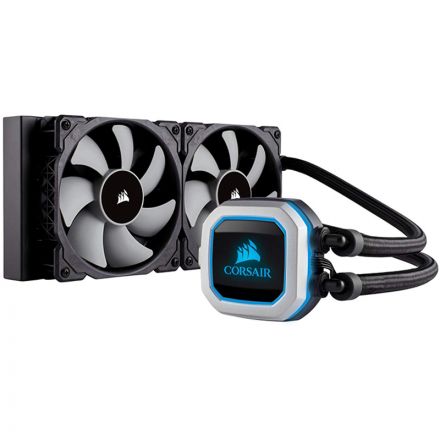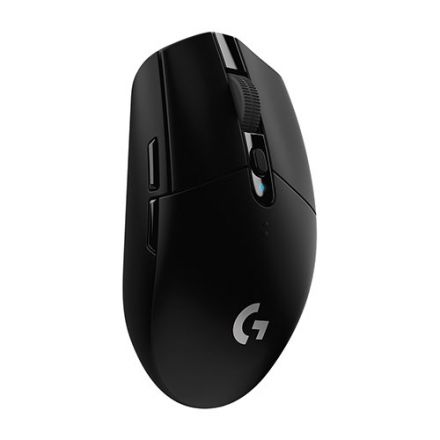This website uses cookies to ensure you get the best experience on our website. Read more


Categories: Graphics
Posted: January 08, 2024
In the ever-evolving world of PC gaming and graphic-intensive tasks, having the right graphics card can make all the difference in your overall experience. With a myriad of options available in the market, finding the perfect balance between performance and cost can be a daunting task. In this graphics card comparison guide, we'll explore key factors to consider when making your purchase and highlight some of the top contenders that offer the best value for your hard-earned money.
Performance Metrics:
When comparing graphics cards, the first thing to consider is their performance metrics. Understanding the specifications like clock speed, CUDA cores (for NVIDIA cards), stream processors (for AMD cards), and VRAM capacity is crucial. These metrics directly impact a card's ability to handle demanding tasks, including gaming, video editing, and 3D rendering.
Benchmark scores and reviews from reputable sources can provide valuable insights into real-world performance. Keep in mind that the latest generation of graphics cards tends to offer better performance and efficiency compared to older models.
Price-to-Performance Ratio:
While high-end graphics cards may deliver top-tier performance, they often come with a hefty price tag. Assessing the price-to-performance ratio helps you identify the cards that offer the best bang for your buck. This ratio is calculated by dividing the card's performance score by its price.
Look for graphics cards that strike a balance between cost and performance. Mid-range options, in particular, often provide excellent value for users who don't require the absolute highest performance but still want a smooth gaming or content creation experience.
Future-Proofing:
Technology evolves rapidly, and investing in a graphics card that will stand the test of time is crucial. Consider future-proofing by choosing a card with the latest architecture and features. This ensures compatibility with upcoming games and software updates, prolonging the lifespan of your investment.
Graphics cards with support for ray tracing and AI-enhanced features are becoming increasingly popular, providing a more immersive gaming experience. As these technologies become standard, having a card that can keep up will be essential.
Brand Reputation and Warranty:
The reputation of the graphics card manufacturer is an often overlooked but important factor. Established brands with a track record of producing reliable and high-quality products are generally a safer bet. Reading user reviews and checking warranty terms can give you insights into the level of customer satisfaction and the manufacturer's commitment to product durability.
Power Consumption and Cooling:
Efficient power consumption and effective cooling are crucial for maintaining a stable and reliable system. High-performance graphics cards tend to draw more power and generate more heat. Look for cards with efficient cooling solutions, such as custom-designed fans or advanced cooling technologies, to ensure optimal performance and longevity.
Conclusion:
In the realm of graphics cards, finding the best value for your money requires careful consideration of performance, price, future-proofing, brand reputation, and cooling solutions. By assessing these factors and staying informed about the latest technologies, you can make an informed decision that aligns with your budget and performance expectations. Whether you're a hardcore gamer or a content creator, a well-chosen graphics card will undoubtedly enhance your computing experience.














